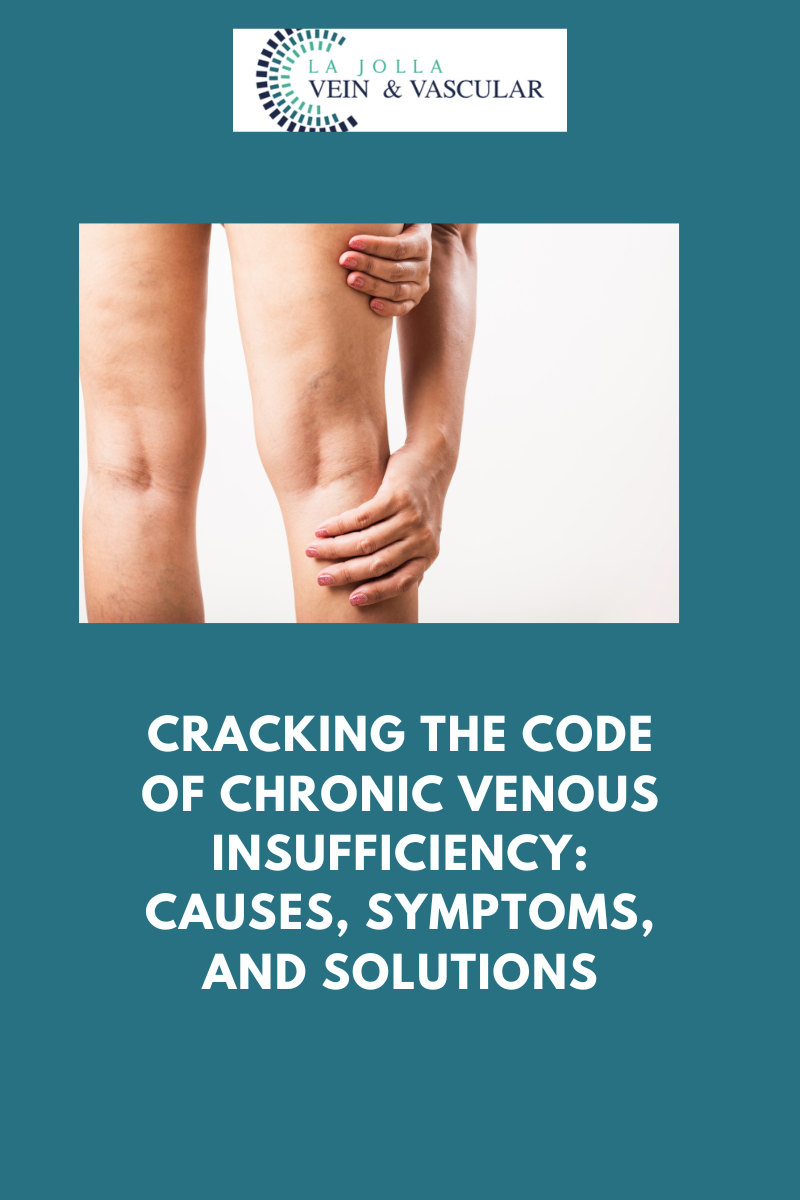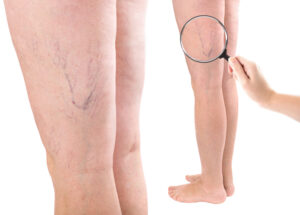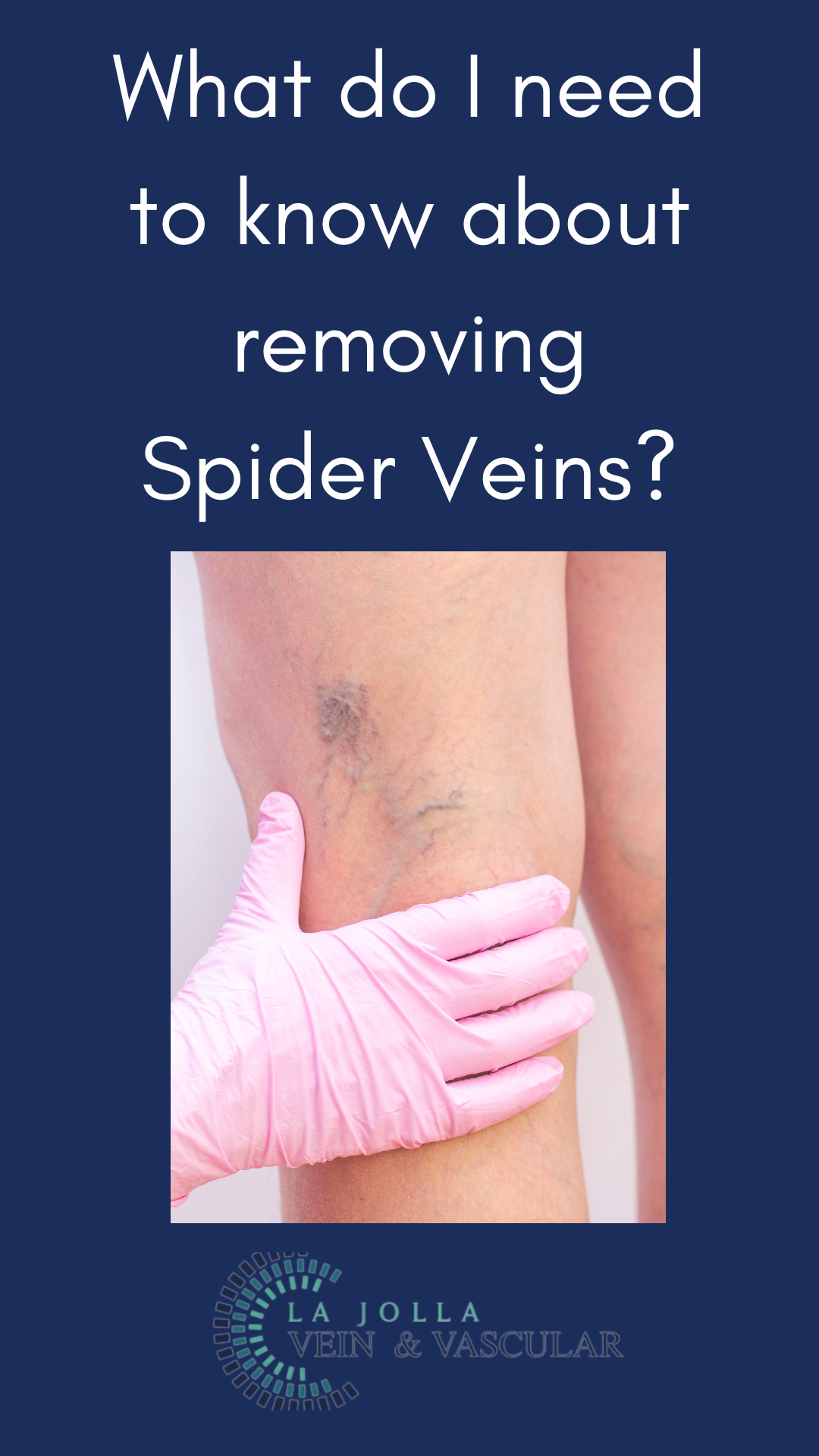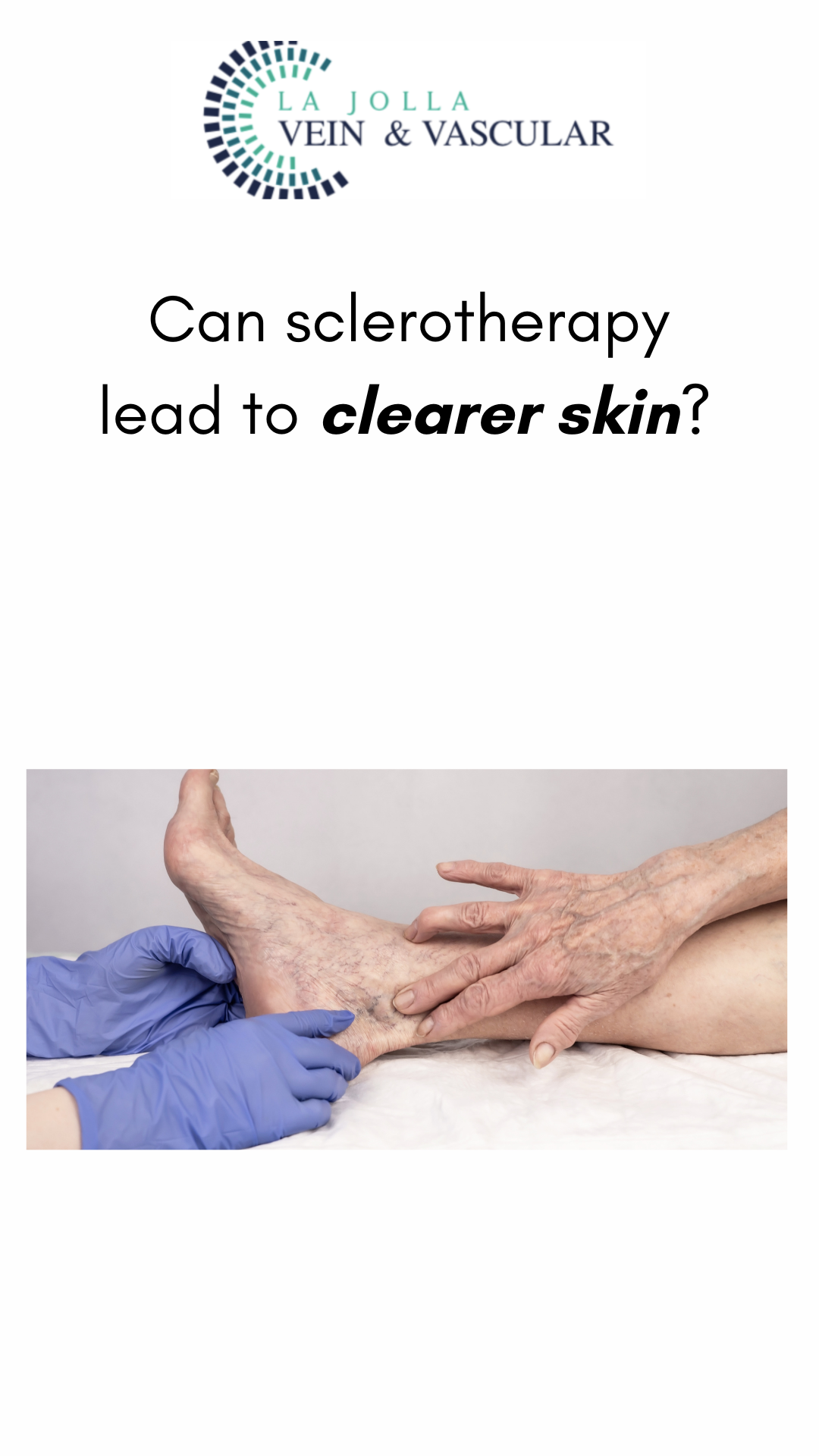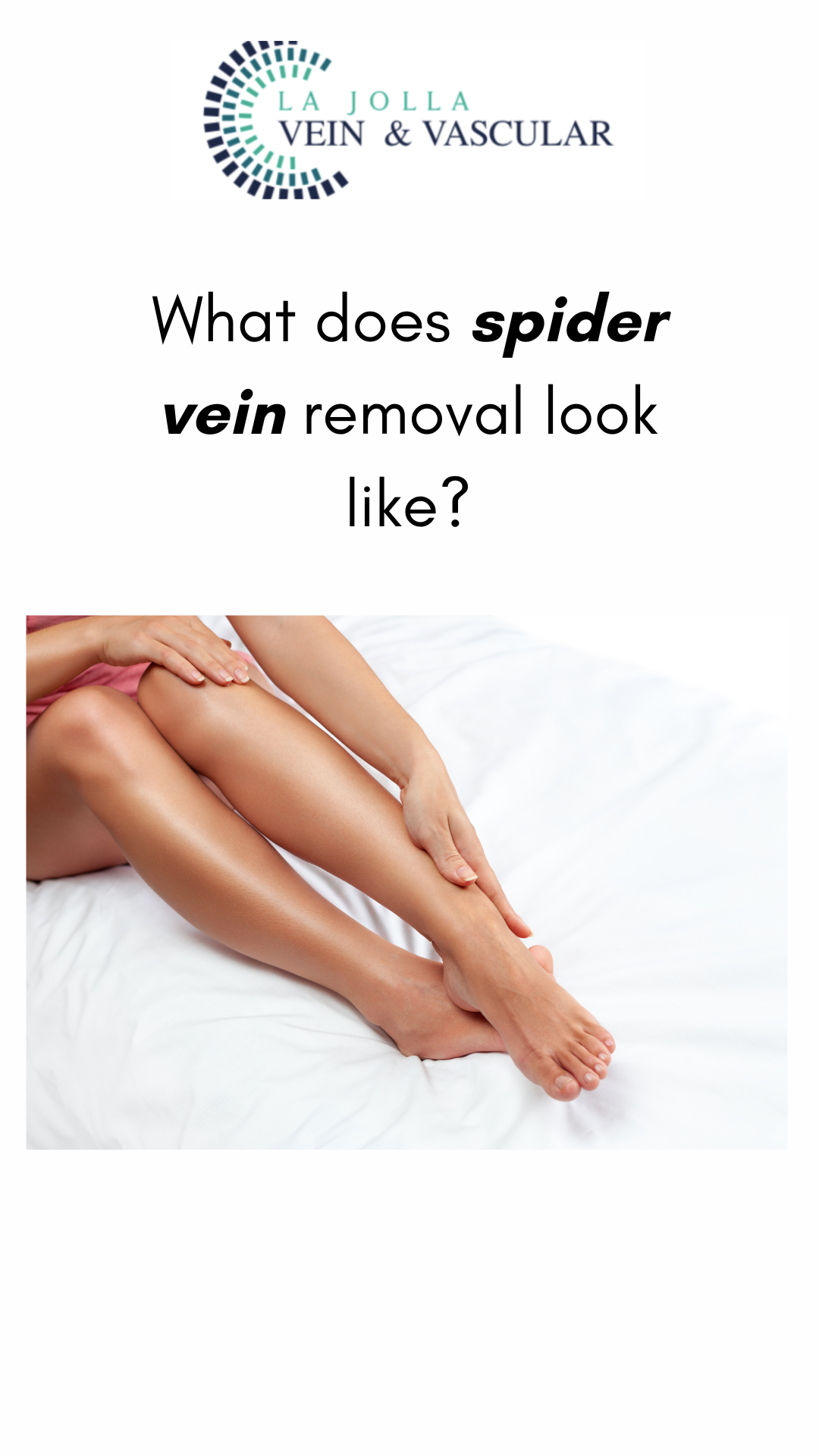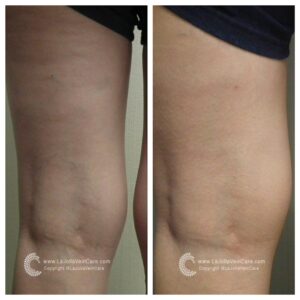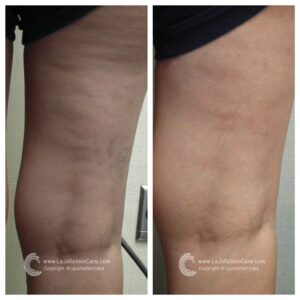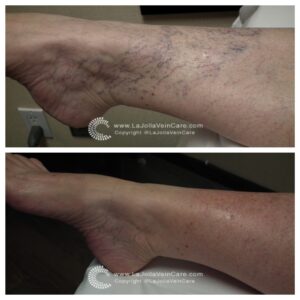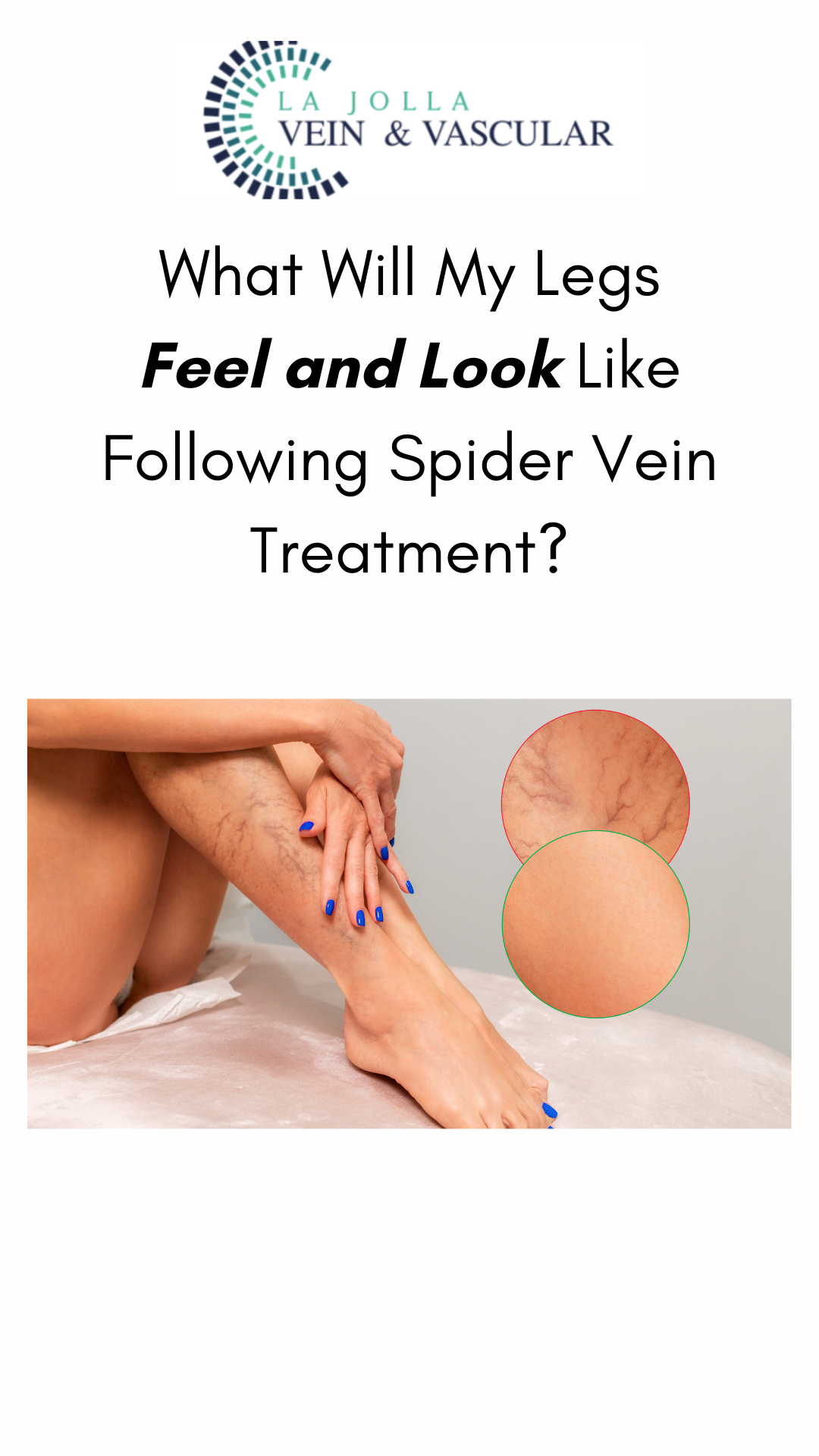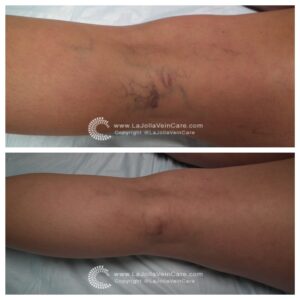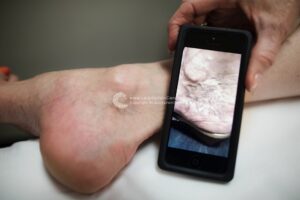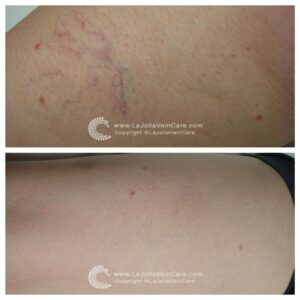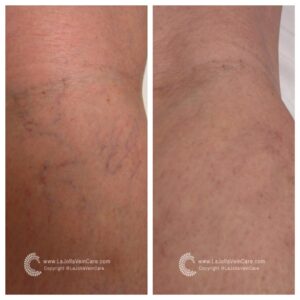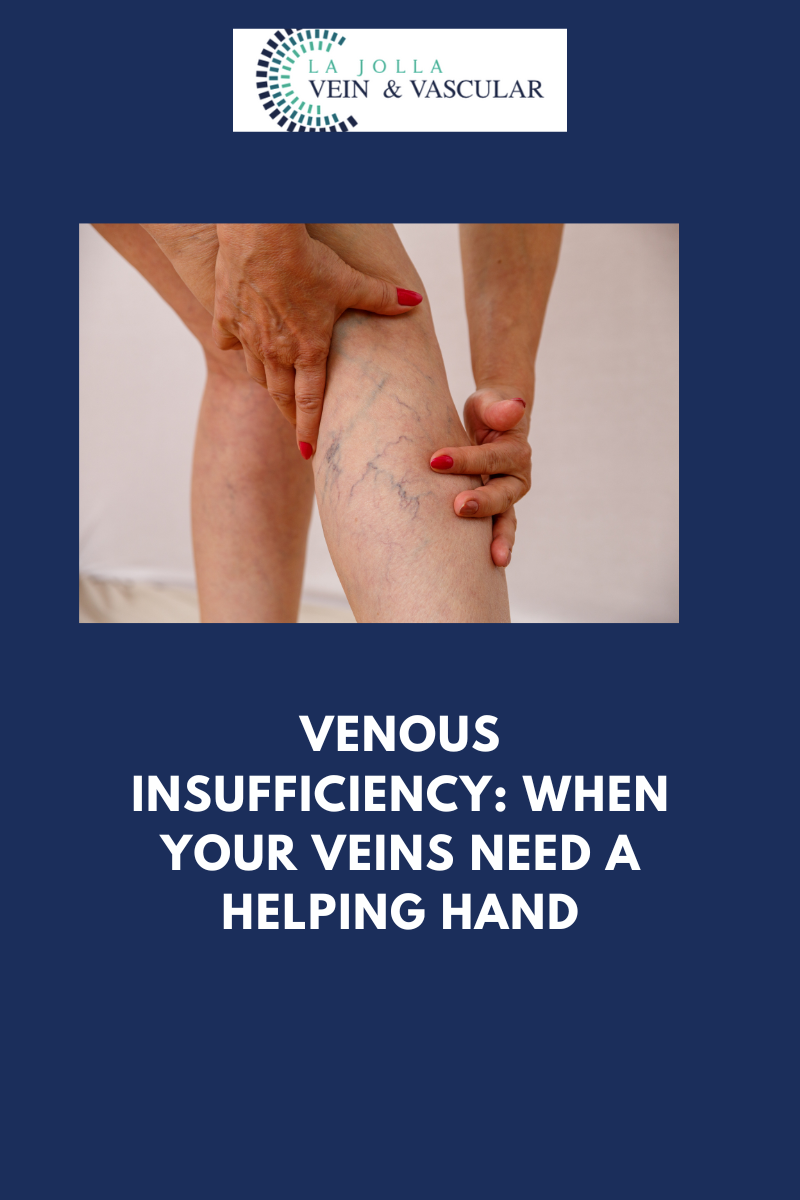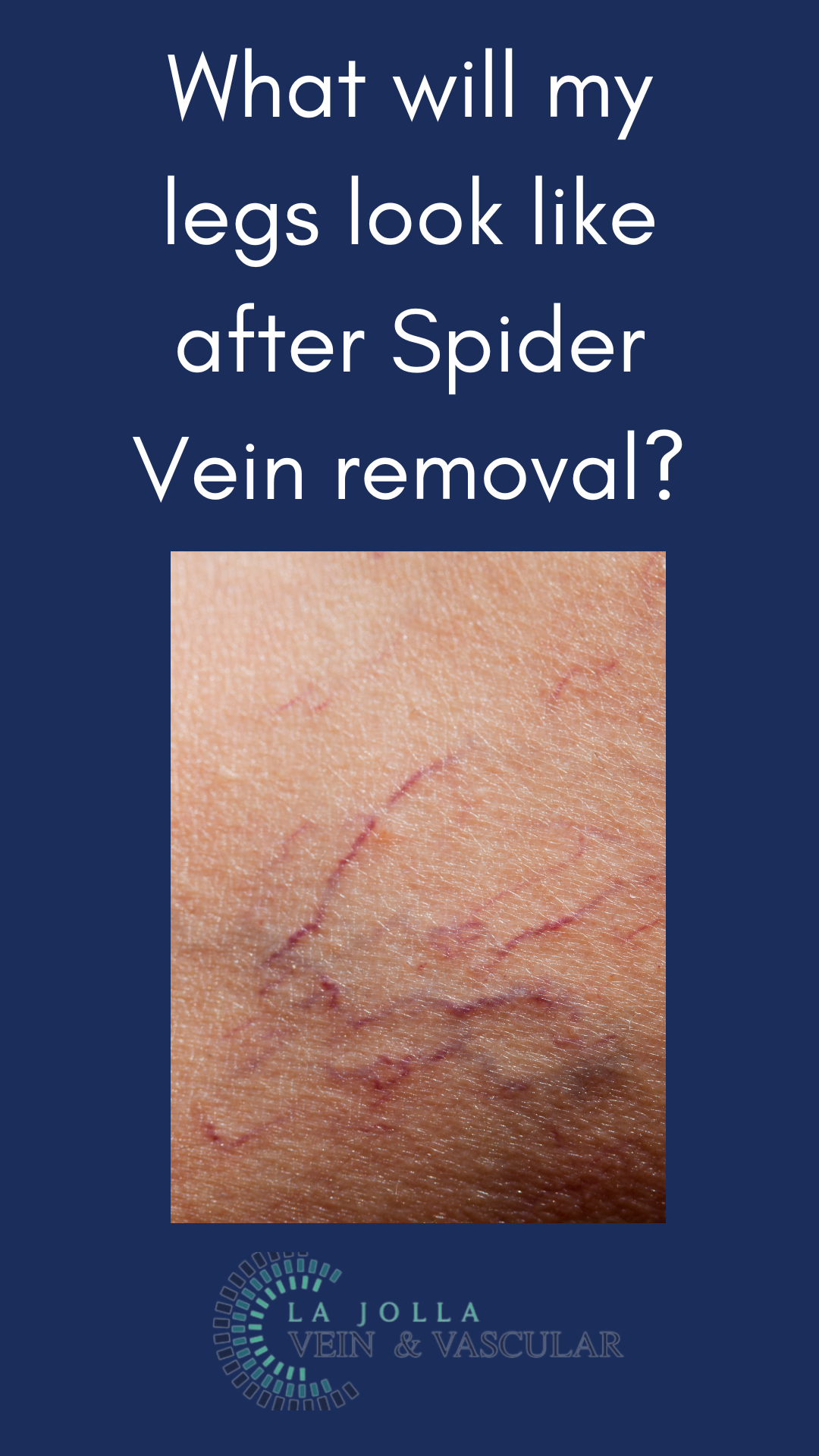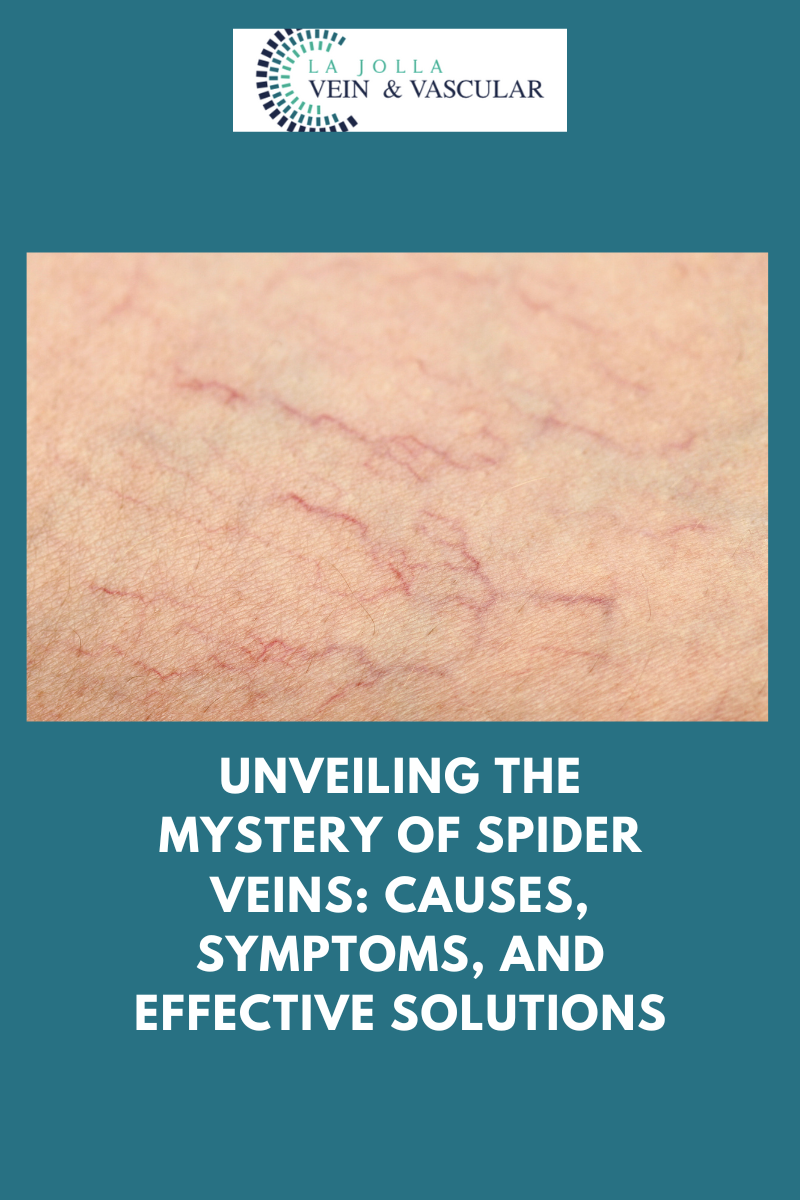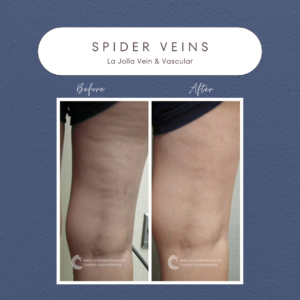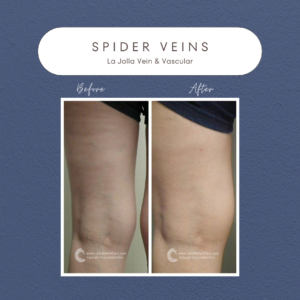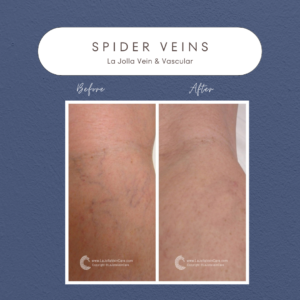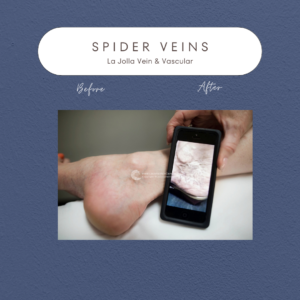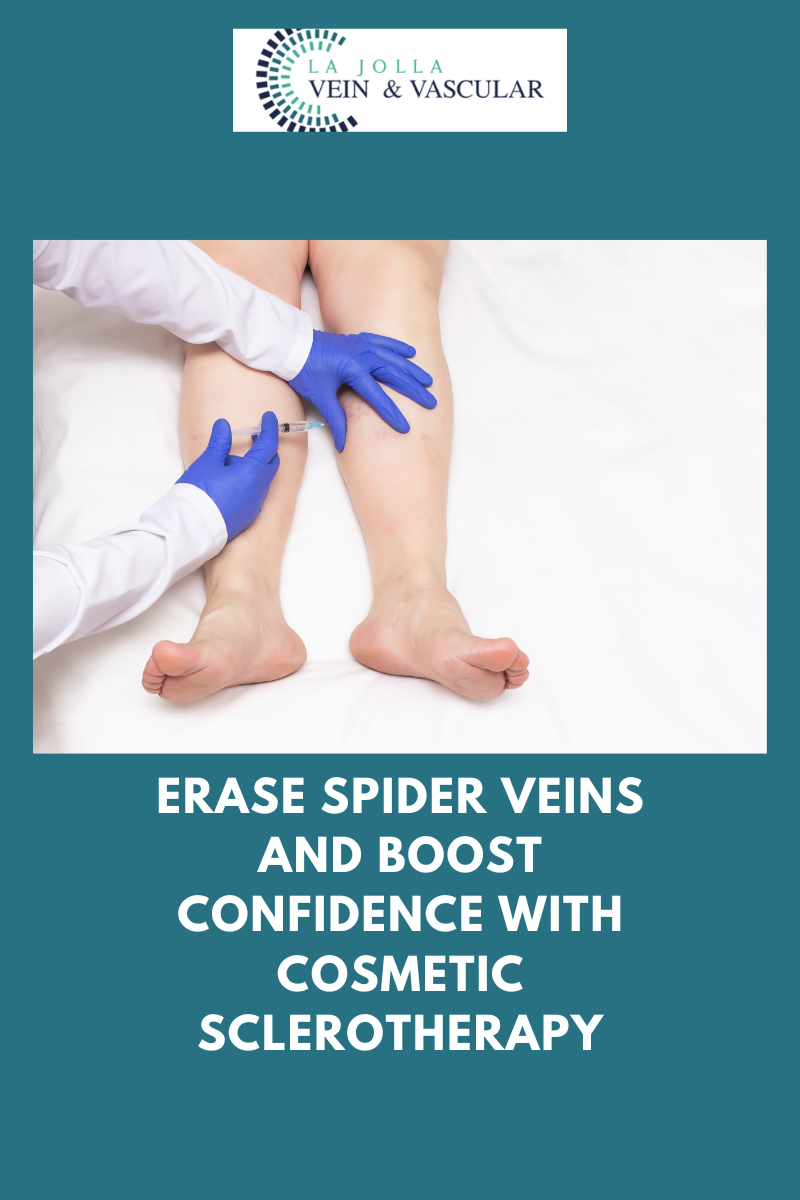Cracking the Code of Chronic Venous Insufficiency: Causes, Symptoms, and Solutions
LJVascular2024-10-21T22:57:05-07:00Chronic Venous Insufficiency (CVI) presents itself as a medical condition stemming from untreated venous reflux disease, heralding a plethora of discomforting symptoms. If disregarded, it has the potential to give rise to substantial skin alterations and complications. In this blog post, we embark on a journey to decipher the essence of CVI, elucidate its symptoms, and explore the realms of treatment.
Deciphering the Enigma of Chronic Venous Insufficiency

Chronic Venous Insufficiency (CVI) stands as a chronic inflammatory state, stemming from extended venous reflux disease. This condition unfurls with a constellation of distressing symptoms, including leg swelling, heaviness, fatigue, and the emergence of varicose veins. However, the trajectory of CVI is not a stagnant one; it tends to evolve over time. Gradually, it leads to an insufficient blood flow within the leg veins, which, in turn, culminates in discernible skin metamorphoses. These changes, encapsulated under the umbrella term “venous stasis,” manifest as the darkening, parchedness, unrelenting itchiness, and a gradual tautness in the skin encircling the ankles. In the most severe of cases, the skin may deteriorate to the extent of ulceration, resulting in the emergence of stasis ulcers or venous ulcers.
Peering into the Venous Stasis Skin Transformations Associated with CVI
A medley of skin alterations is linked to venous insufficiency, encompassing:
- Darkening of the Skin Along the Ankles: Observable darkening of the skin becomes apparent, with a pronounced presence around the ankles, owing to the tumultuous blood flow.
- Itching and Dry Skin Around the Ankles (Venous Eczema): A cycle of irritation and desiccation ensues, paving the way for incessant itching and discomfort in the affected region.
- Development of Wounds Around the Ankles (Venous Leg Ulcers): Venous leg ulcers emerge as non-healing wounds, demanding specific attention and care to orchestrate effective management.
Sculpting the Landscape of CVI Treatment
While the treatment of CVI does not encompass the ability to roll back the skin changes that have already transpired, it does wield the power to forestall further degradation and ulceration. By tending to the root cause—underlying venous reflux—the inflammatory upheaval can be assuaged, potentially alleviating the itchiness and parchedness. Nevertheless, it’s imperative to acknowledge that enduring skin discoloration may persist. The linchpin of treatment revolves around rectifying the underlying venous reflux.
Crafting Solutions for Venous Leg Ulcers
Venous leg ulcers, a possible consequence of severe CVI, necessitate a multi-pronged approach towards convalescence. Contingent on the gravity of the situation, treatment may encompass:
- Correction of the Underlying Venous Reflux: Addressing the root cause assumes paramount importance. The course of treatment will be fine-tuned based on the precise location of the underlying reflux, a determination that emerges through the judicious deployment of comprehensive ultrasound examination.
- Referral to a Specialized Wound Care Clinic: Collaborating with adept wound care specialists, well-versed in the intricacies of venous leg ulcers, becomes indispensable. Their sagacious insights and tailored treatments expedite the healing trajectory substantially.
- Implementing Compression Therapy: Compression garments rise to prominence as a pivotal facet of venous ulcer management. These specialized garments labor ceaselessly to augment blood circulation, nurturing an environment conducive to healing.
Chronic Venous Insufficiency assumes the mantle of a multifaceted medical condition, rife with far-reaching implications for those ensnared within its grasp. By assimilating an in-depth comprehension of the condition, its symptoms, and the array of treatments at one’s disposal, individuals are bestowed with the gift of informed decision-making regarding their health and wellness.
Read More Chronic Venous Insufficiency:
- Chronic Pelvic Pain and Vascular Disease
- Will my skin change with chronic venous insufficiency?
- A deeper look into chronic venous insufficiency
“Bringing Experts Together for Unparalleled Vein and Vascular Care”
La Jolla Vein & Vascular (formerly La Jolla Vein Care) is committed to bringing experts together for unparalleled vein and vascular care.
Nisha Bunke, MD, Sarah Lucas, MD, and Amanda Steinberger, MD are specialists who combine their experience and expertise to offer world-class vascular care.
Our accredited center is also a nationally known teaching site and center of excellence.
For more information on treatments and to book a consultation, please give our office a call at 858-550-0330.
For a deeper dive into vein and vascular care, please check out our Youtube Channel at this link, and our website https://ljvascular.com
For more information on varicose veins and eliminating underlying venous insufficiency,
Please follow our social media Instagram Profile and Tik Tok Profile for more fun videos and educational information.
For more blogs and educational content, please check out our clinic’s blog posts!

